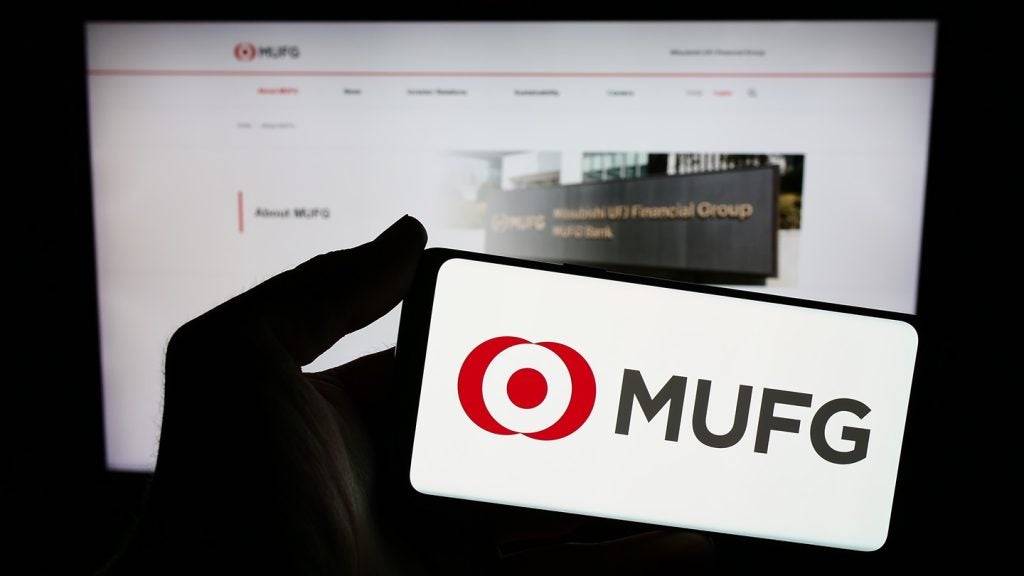is on the verge of major change heralded by increased competition,
slowing growth and relentless margin pressure. So it’s globalise or
die as many firms have little choice but to seek foreign growth,
reports Charles Davis.
US asset managers afraid to leave the safety of the herd are
missing opportunities for international growth, according to a
study by the New York management consulting firm Kasina, which
recommends that US money managers globalise or risk being left
behind.
Senior executives from top 50 US asset managers were interviewed on
how they plan to compete in the future; 45 percent of the money
managers said that product development is priority one for the near
term, followed by improved distribution. The goals reflected the
conservatism dominating the industry of late, and Kasina’s study
warns that such reticence could come back to haunt the overly
cautious domestic players as conditions in the US market continue
to tighten.
Steven Miyao, Kasina’s chief executive officer, said that in
launching this research effort, his consultancy actively searched
among firms for the “big ideas” that proactively addressed the
challenges ahead – but rarely found them. Instead, complacency –
the prevailing sense that despite these challenges long-term
prospects for growth are positive – characterised the attitudes of
most executives.
“We see people pulling back and cutting costs and preparing for the
worst, and others who see this as their moment of opportunity, and
they are confident in the growth of money management
internationally,” Miyao said. “This is a critical moment for US
money managers – either they commit to globalisation or the train
is going to leave without them.”
In addition to trying to compete with the same products, firms are
also competing for the same distribution opportunities. If every
firm is focused on further developing relationships with the five
major wirehouses, despite the fact that all of the Kasina
respondents acknowledged that the margins have transferred to the
distributors via new platform structures like unified managed
accounts (UMAs), which reduce manufacturers’ fees by nearly 50
percent, US money managers will end up chasing diminishing
returns.
How well do you really know your competitors?
Access the most comprehensive Company Profiles on the market, powered by GlobalData. Save hours of research. Gain competitive edge.

Thank you!
Your download email will arrive shortly
Not ready to buy yet? Download a free sample
We are confident about the unique quality of our Company Profiles. However, we want you to make the most beneficial decision for your business, so we offer a free sample that you can download by submitting the below form
By GlobalData“There’s just not enough business in the United States for all of
these players to chase, especially when margins continue to
tighten,” Miyao said.
Despite growth rates in Europe and Asia nearly twice those of the
US, only 36 percent of surveyed executives listed international
markets as a significant source of growth over the next one to
three years. In China alone, the mutual fund industry saw inflows
of $442 billion in 2007, nearly quadrupling the previous year’s
total of $118 billion.
Overall, Asia’s mutual fund industry could more than quintuple over
the next five years, growing from $1.5 trillion to more than $8
trillion. One executive from a global firm asked the pertinent
question: “How will US firms lacking global presence or strategy
today be able to compete in the future?”
“This is really not the right time to be complacent,” Miyao said.
“The changes in the money management industry are profound, and
global in scope, and the time is now.”
Going global
Miyao said that there are firms which are already truly global
organisations who have made a losing-term investment in
international markets, and so they are watching and waiting. The
second category are the up-and-coming global players, and they are
looking at areas in the world that have not been penetrated yet, in
Eastern Europe, China, and other Asia-Pacific countries.
The study found most large money managers are too timid to take
risks by expanding internationally, despite overwhelming evidence
of how profitable these markets can be.
Executives agreed on the importance of innovation, but few had
unique ideas for implementing strategies, and their actions suggest
they are willing to stay the course over the next one to three
years, the study said.
“It’s going to be really hard for the mid-sized firms, as their
capital base keeps them domestic, and in many ways, the frontier
has passed, and now they are playing catch-up,” Miyao said. “The
larger firms just have to do it – they have no choice. They
have to build local talent and local products. That’s a matter of
time and money.”
In addition to thinking globally, Kasina recommends that money
managers begin thinking outside the box. With over 8,000 mutual
funds already competing for the same shelf space, firms must begin
to develop innovative products that have no existing competition
and command higher fees. For example, in 2007, DWS Scudder realised
significant sales growth in its structured notes, underscoring the
substantial benefits of being first to market with an ‘outside the
box’ product.
In Kasina’s survey, 73 percent of executives indicated that 2008
product development efforts would be focused on products that are
not available in the market today. However, when asked what these
products might look like, very few executives had clear responses.
A number of them cited opportunities to leverage existing
insurance, investment banking, or private equity capabilities to
deliver new products to retail investors, but only two executives
listed a concrete development initiative. Although firms are
beginning to recognise the need to move outside the box, today’s
product development efforts are still largely conventionel, the
study said.
Critical to the success of these approaches will be the extent to
which firms are able to leverage these unique insurance, investment
banking, or private equity capabilities, and deliver them retail
investors (who are increasingly looking for guarantees and outcomes
as opposed to elusive returns) in accessible mutual fund
wrappers.
As one executive put it, “we are looking to acquire unique
capabilities that fall beyond our current sphere of core
competencies.”
As Kasina said in the report, it has become increasingly difficult
to deliver consistently strong returns worth premium prices to
investors, especially inside of the style boxes.
“The time to start thinking and moving outside of the box is now,”
Miyao said. “For every firm with over $100 billion in assets under
management, the critical path to becoming a scale player includes a
commitment to global markets. Unless these firms tap into global
growth opportunities, it will become nearly impossible to compete
with the industry’s largest firms who have already made strides to
go global.”







